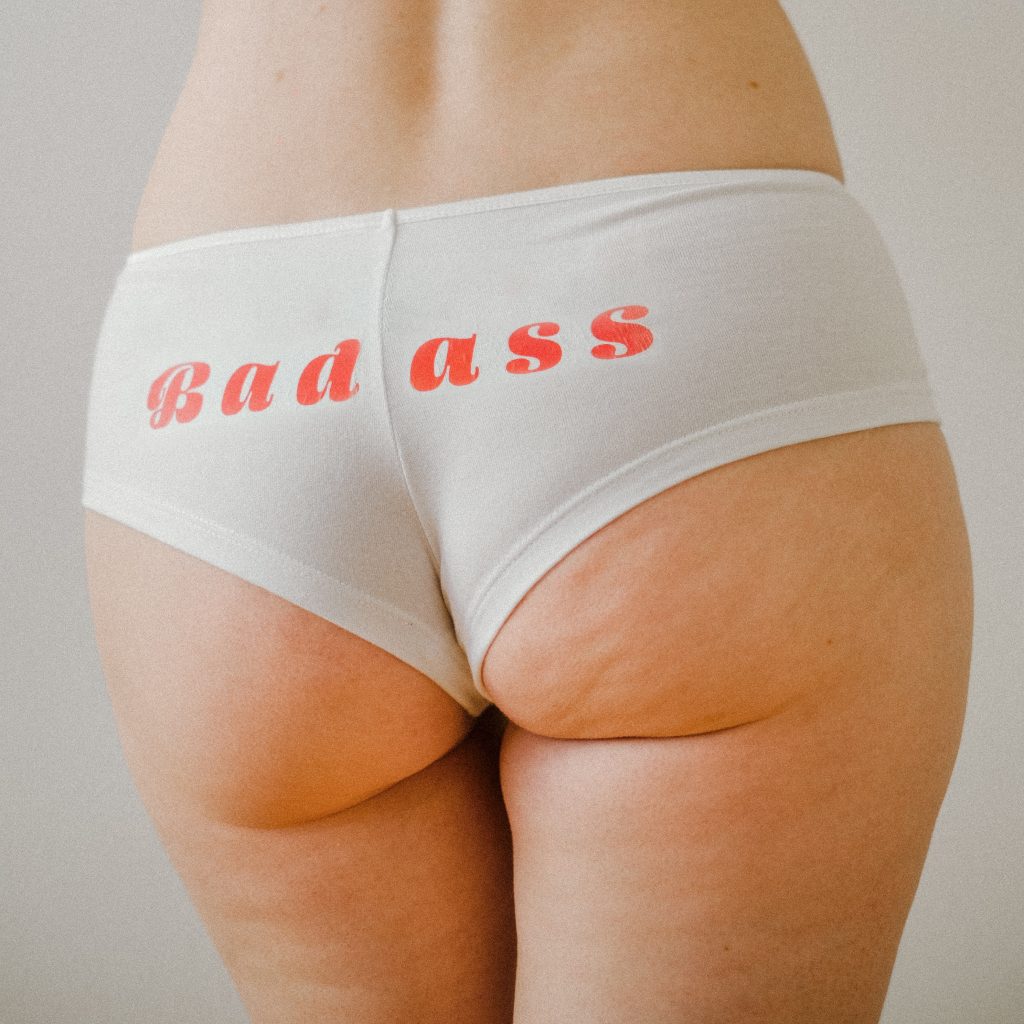
Izzy Smith
Instagram is a force for good in many ways. It connects friends separated by distance and time, offers a far-reaching interactive platform for many businesses, and provides people with access to instant sources of inspiration, from cooking to workouts to ‘#studyspo’.
In spite of these positive attributes, Instagram is notorious for its reported lack of body diversity. For many users, the explore page in particular is a fast-track ticket to insecurity, with every other row featuring unattainable weight goals and tanned ‘Insta models’ posing with a cocktail on a tropical beach somewhere in the middle of the Pacific Ocean. Although it can often feel like the case, it would be wrong to demonise these girls or blame them for making the majority feel inadequate and ‘less than’. The beast that makes us feel that way is not the girls themselves, it is the fact that these seem to be the only girls featured on the dreaded explore page. This plays into the false belief that if you don’t look like a modern-day Barbie, then you don’t deserve a platform that celebrates your bodies. With this in mind, it goes without saying that Instagram is in desperate need of an attitude shift.
This is where ‘#instavsreality’ comes in. In response to the weighty pressure to conform to ‘Insta model’ standards, a growing group of women within the fitness and social media influencer industries have been posting ‘#instavsreality’ pictures of their bodies (@alexlight_ldn, @danaemercer, and @_nelly_london to name a few). Their posts include a socially accepted ‘Insta’ picture (posed, filtered, and edited), accompanied by a less socially accepted ‘reality’ picture. The ‘reality’ picture usually involves an unflattering angle or pose which highlights ‘imperfections’ such as bloating, stomach rolls, and cellulite. The intention behind these posts is to remind other women that Instagram is a highlight reel, and even those who fit into the group of socially accepted bodies don’t look always look ‘perfect’. For many girls, including @ambardriscoll, this content has been incredibly useful in overcoming barriers such as eating disorders. Such posts reiterate how futile and dangerous it is to chase an unattainable ideal that doesn’t even exist in ‘reality’.
However, these posts have recently come under criticism from plus sized women, including @raffela_mancuso, who feel that socially idealised bodies have begun to take up too much space within the body positivity movement, which was created to empower and shed light on plus sized bodies. @Lalaloveofficial and @lyzalawal share in this growing feeling, arguing that while the body positivity movement was created for marginalised bodies, it is now dominated by thin, white women.
As pointed out by @alexlight_ldn, this issue is exacerbated by ‘#instavsreality’ posts, which often perpetuate the harmful perception that the plus sized features on the ‘reality’ side of such posts are an admission of shame. Although such posts were created with good intentions to promote body diversity, they risk damaging the progress of the body positivity movement by relying on the premise that a smaller body is a better body. The voices of plus sized women have been invaluable in bringing attention to this, highlighting the importance of consciously including them in online conversations surrounding body acceptance. By actively listening to the concerns of women living in marginalised bodies, we, as a society, can become better equipped to deal with the pressures of social ideals.
Although Instagram has been criticised for its lack of body diversity, it has also provided a platform for a constructive conversation about the human anatomy, in all shapes and sizes. This arc of redemption proves that mistakes can turn into valuable lessons and previously controversial spaces can be transformed into helpful ones. @Ambardriscoll’s account is a great example of this. Instead of posting ‘#instavsreality’ content, she has started posting pictures of her relaxed body with no apologies, explanations, or ulterior motives. She is simply existing as her authentic self, and it is incredibly refreshing to see. Her posts are proof that thin women can mindfully resist the pressure of the perfect ‘insta’ post while allowing plus-sized bodies to freely fill-up space within the body positivity movement.
